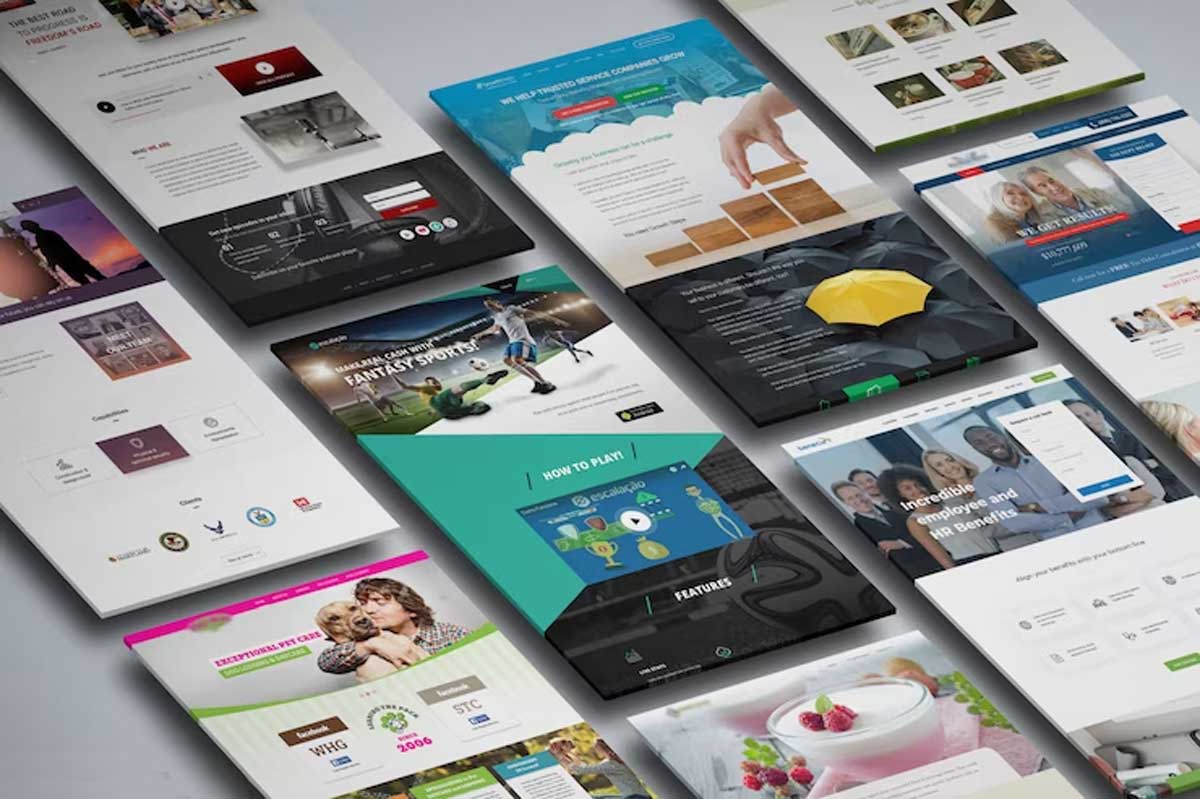A landing page stands as a pivotal asset in the realm of digital marketing, functioning as a dedicated platform aimed at transforming visitors into leads or customers. To maximize its potential, adhere to these best practices to ensure your landing pages are optimized for conversion.
1. Develop a Headline Centered on Benefits
The headline serves as the initial point of contact for visitors, thus warranting careful consideration. It should distinctly convey the advantages of your offering, compelling visitors to delve deeper and explore further.
2. Employ Relevant Imagery
Images wield considerable influence over a landing page’s performance. Opt for visuals that directly relate to your offer, providing a visual representation of what visitors can expect.
3. Craft Persuasive Copy
Ensure your landing page copy is not only compelling but laser-focused on highlighting the benefits of your offer. Answer the fundamental question on every visitor’s mind: “What’s in it for me?”
4. Position Key Conversion Elements Above the Fold
Strategically place crucial elements such as your headline, offer, and call-to-action (CTA) button above the fold, ensuring they are immediately visible without the need for scrolling.
5. Leverage Directional Cues
Guide visitors seamlessly towards your CTA using directional cues, whether in the form of arrows, images, or subtle lines that discreetly point towards the conversion point.
6. Incorporate Social Proof
Instill trust and motivation in your visitors by integrating social proof elements, such as testimonials or customer logos, that attest to the credibility of your offer.
7. Prioritize Mobile-Friendly Design
Given the surge in mobile device usage, it’s imperative to guarantee that your landing page is visually appealing and functions seamlessly across all screen sizes.
8. Deploy Clear, Compelling CTAs
Make your call-to-action (CTA) stand out by using clear, action-oriented language like “Download Now” or “Get Started,” explicitly stating the outcome of clicking the button.
9. Conduct Rigorous Testing and Regular Updates
Continually test various elements of your landing page—headlines, images, CTAs—to discern the most effective strategies for your audience. Leverage insights from these tests to perpetually refine and optimize your page.
Remember, the primary objective of a landing page is to convert visitors into valuable leads or customers. By adhering to these best practices, you not only create visually appealing landing pages but also drive tangible results. Happy designing!




